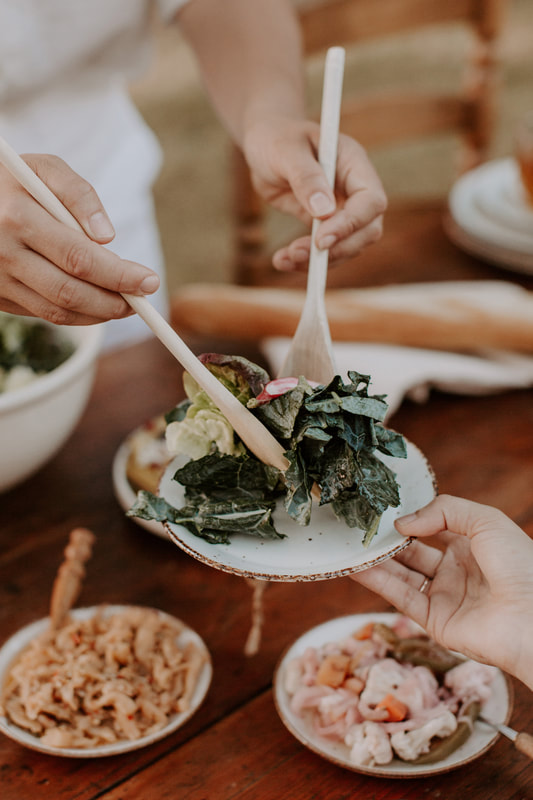|
The holidays are coming up and if you’ve ever hosted these annual gatherings I’m sure you can relate to the confusion surrounding, “what wine do I pair with dinner??” After just finishing up a harvest internship in Sonoma County, California, and learning ALL about winemaking from vineyard to bottle, I’m here with the answers for you! In case you weren’t aware, food that is consumed with wine has an effect on the way wine tastes, and wine can also have an effect on the way food tastes! The perfect pairing takes advantage of these effects and causes the wine and food to taste better together than the two would taste separate. I’m breaking down some of my knowledge on these interactions to help you enhance your pairing experience and avoid any negative or unpleasant taste combinations. *disclaimer- it’s important to remember that different people have different levels of sensitivity to certain flavors and aromas and a “perfect pairing” for one person may be unsuccessful for another. So it’s important to take into account these sensitivities along with the basic food and wine interactions before deciding on your pairing.* When you are eating, your tastebuds are perceiving different levels of sugar, salt, acid, umami (savory- think mushrooms or soy sauce), bitterness, and heat. This perception helps you to anticipate what the next bite will taste like. When the next bite doesn’t complement the current perception, it can be very unpleasant. An example of this would be brushing your teeth with sweet toothpaste and then taking a sip of acidic orange juice. (Yuck!) Sweetness in food:
Umami in food:
Acidity in food:
Salt in food:
Wines that work well with salty foods are acidic, fruity and crisp. Think oysters with sauvignon blanc or Thai food with gewurztraminer. Bitterness in food:
Chili heat in food:
There are many classic pairings that have been established by sommelier’s and chefs, but I encourage you to find what works best for you and your unique tastes. Now you know some of the basic food and wine interactions and you can be better prepared for entertaining this holiday season. Keep in mind that the U.S. Dietary Guidelines for Americans recommends alcohol to be consumed in moderation with up to one standardized drink per day for both men and women. Always eat when you are enjoying a glass of wine and make sure to stay hydrated with water throughout the evening as well.
Cheers! -Gillian Schultz, MHSc, RDN, CD
0 Comments
Leave a Reply. |
SD BlogA place for our consultant Registered Dietitian Nutritionists (RDNs) to share nutrition science, yummy and healthy recipes, tips on seasonal ingredients, and other nutritional musings. Enjoy! Categories
All
Archives
May 2024
|






 RSS Feed
RSS Feed